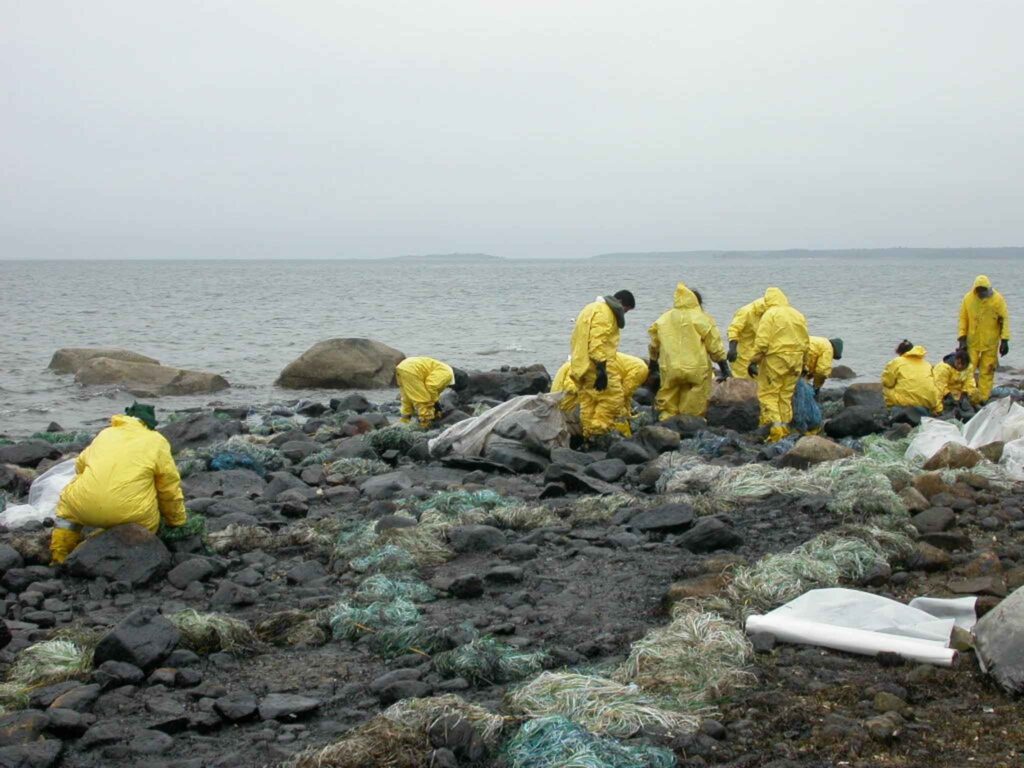
This month’s BioBox covers fungi, nature’s relentless decomposers. As your BioBoxers learned, fungi break down compounds for use by other organisms. It’s not surprising, then, that many have wondered how we can use fungi to break down environmentally toxic compounds from everything from oil spills to plastic contamination. This is known as mycroremediation—the process in which fungi decontaminate their environment. As a result, scientists have begun to study it in earnest.

The concept isn’t new; as far back as the 1980s, fungi were considered for the decomposition of DMMP, a neurotoxin used in the Iran–Iraq war. After the turn of the century, fungi had further demonstrated their ability to decontaminate the environment from pesticide and oil. Today, research is burgeoning, and scientists have begun to experiment in fungal uses for restoration—from areas devastated by wildfires to waters polluted with plastic.
The challenges? For one, optimizing mycroremediation is no easy task, and there isn’t a “one size fits all” approach. Research is needed to investigate which fungal species are best for certain pollutants and locations, and evidence shows that remediation works best through inter-species collaboration, so it’s necessary to understand which fungi work best with local organisms. The other challenge is funding: testing is costly.

Still, the promises of mycroremediation are worth the uphill battle. In a laboratory environment, scientists can manipulate fungi to digest face masks and plastic gloves—two items that have come to prominence these past two years, and with them the question of their disposal. There’s also oyster mushrooms (yes, the ones your students are growing for themselves!), which are being used as filters in waterways to remove agricultural byproducts such as E. coli. Above all is the fact that these processes may be our most natural solutions to our environmental dilemmas.
So this month, as your BioBoxers grow their fungi, remind them of where their curiosity can take them. Mycroremediation is still a small field, but it’s also a pivotal one that needs the young scientists of today. Our solution could be in their hands.
If you’re interested in furthering your child’s love of science and living things, check out our science subscription boxes.
Your students’ first BioBox is not just a starter kit, it is an introduction to the biological world.
Microscope Box
The Microscopic World
Get your own microscope and learn to use it